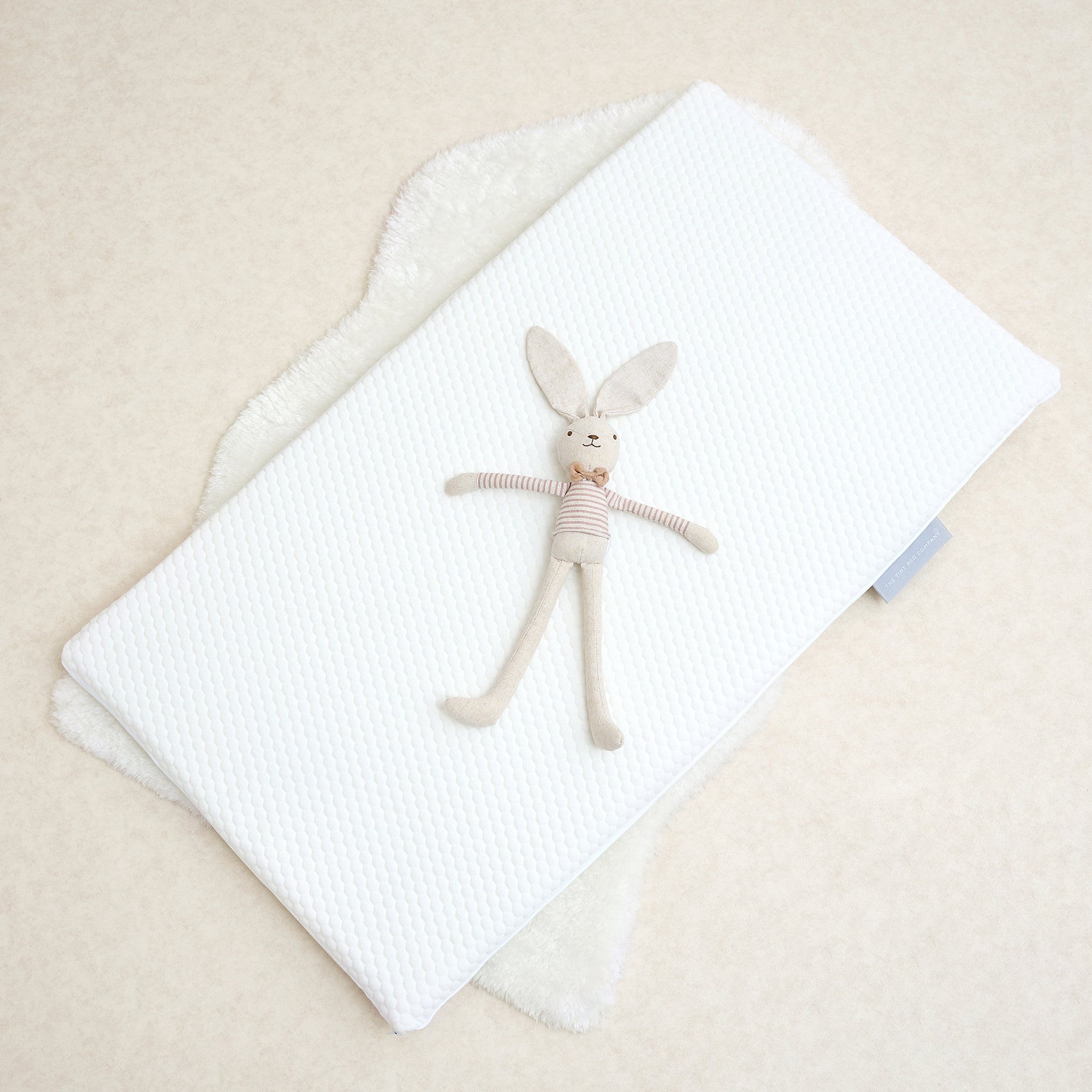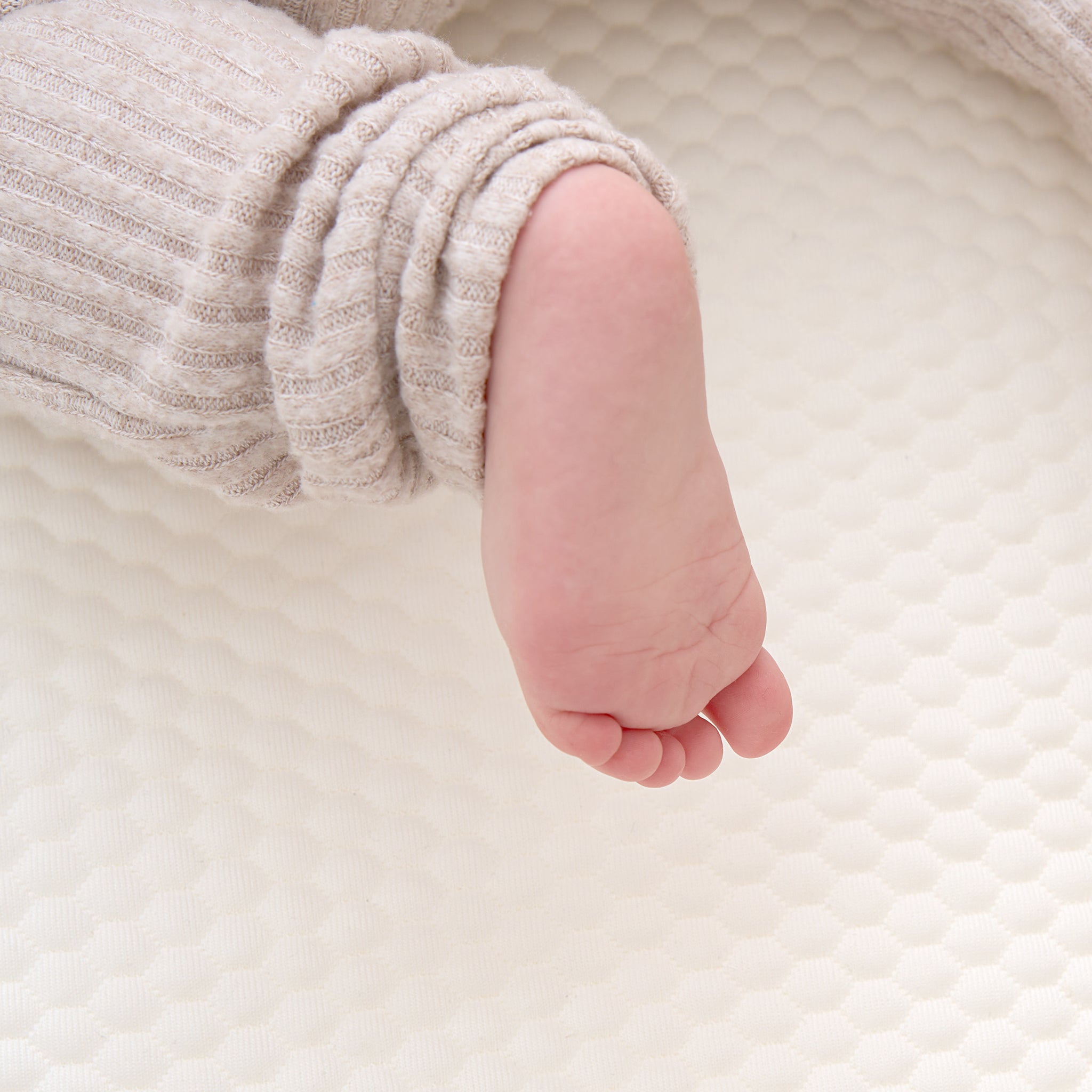Understanding Sleep Cues: A Guide to Navigating Nap-time and Bedtime with Your Little One.
There are many unmistakable indicators that your little one is ready for a daytime nap or bedtime. Especially for young babies and toddlers, fatigue can set in swiftly, underscoring the importance of recognizing these early signs to initiate their settling process before exhaustion takes hold, leading to agitation or hyperactivity, making it challenging to soothe them into sleep. Since they cannot articulate their fatigue at a tender age, it falls upon us as parents to discern their body language and commence their wind-down routine.
Common signs of sleepiness include:
- Diminished activity: They may gradually slow down, sit quietly, and gaze intently.
- Eye rubbing: Their eyes may turn red, appear glazed, and they may frequently rub them.
- Yawning: Numerous large yawns serve as a clear indicator of encroaching fatigue.
- Temperamental shifts: They may become excessively emotional, exhibiting a range of reactions such as anger, sobbing, or impatience.
- Affectionate gestures: A heightened desire for cuddles and snuggles often precedes sleepiness, indicating a readiness to nestle in for a peaceful nap.
- Slower dummy suckling: A deeper, slower suckle suggests a desire to wind down for sleep.
- Hair fiddling: Twirling or pulling their hair serves as a self-soothing behavior akin to thumb sucking.
- Thumb sucking: A harmless comfort habit that provides solace and security.
These signs may manifest individually or collectively, or sometimes not at all, as each child is unique.
Babies, toddlers, and children thrive on routine, finding comfort and security in consistency. Once you establish a sleep routine that suits your baby, it not only aids in mood regulation, growth, and productivity for them but also for the caregiver. However, sleep routines vary, and what works for one child may not work for another. Identifying these common signs of tiredness can help guide you in establishing a suitable sleep routine for your little one.
Recognizable signs of overtiredness include:
- Irritability
- Fussiness with food or milk
- Disinterest in toys
- Persistent need for cuddles and attention
- Crying (after ruling out other potential causes such as a wet nappy, hunger, discomfort, or temperature)
- Clumsiness
- Grizzling
- Clinginess
When a baby, toddler, or child becomes overtired, the overwhelming sensation can exacerbate any of the aforementioned signs.
Here are some helpful tips to help your little one wind down for sleep:
- Guide them to their usual sleep space.
- Communicate in a soft, soothing tone—recognize the challenges of being a toddler/child unable to fully express emotions; be their anchor and exhibit patience during difficult overtired moments.
- Ensure their nappy is clean and dry.
- Offer a warm bottle of milk.
- Provide quiet cuddles accompanied by gentle shushing and swaying—diminish environmental stimuli if possible.
- Offer comfort objects for them to cuddle.
- Dim the lights in the room if feasible.
- Read them a calming story that isn't overly stimulating.
Maintaining consistency in their sleep routine, particularly in the evening, allows your baby or child to anticipate bedtime cues, facilitating relaxation and preparation for sleep.




























